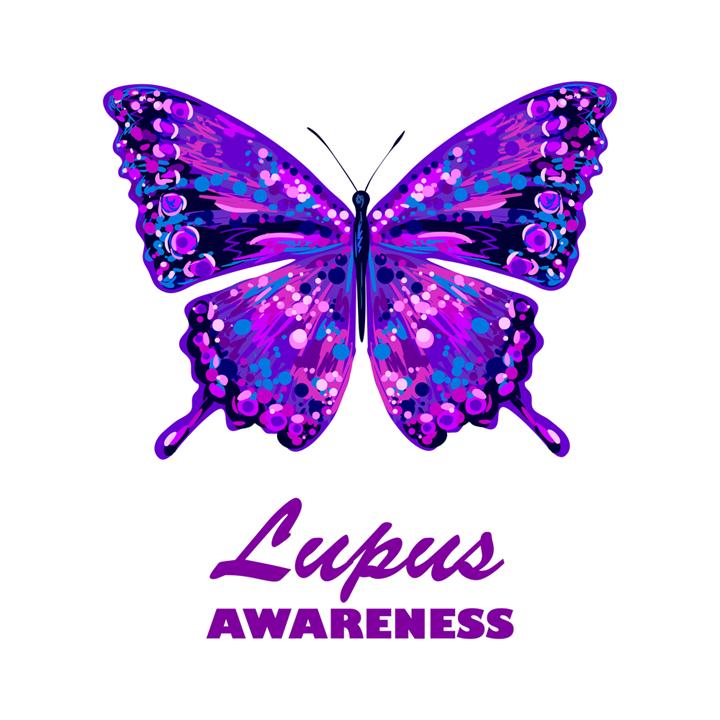Firstly, depression medication options patients have in managing the disorder’s symptoms usually consist of antidepressants. And besides their use in managing depression, antidepressants also work for conditions that have strong links to depression. For instance, someone who suffers from Bipolar Disorder may also be put on antidepressants along with a mix of other medications.

Source: Thinkstock/AlexRaths
These drugs act on certain chemicals in the brain known as neurotransmitters, working to alleviate the debilitating symptoms that come with depression. Although there are various types of antidepressants available, a myriad of factors come into play when choosing the right antidepressant for a particular patient. The following meds are some of the prominent options when choosing the right depression medication:

Source: Thinkstock/KatarzynaBialasiewicz
Symptoms: Depression may present itself with a wide array of symptoms. One therapy may improve a patient’s condition more effectively than the other. For instance, if a patient who is suffering from depression is also experiencing insomnia, they might be prescribed a depression treatment with a slight sedating effect.
Possible Adverse Side Effects: Side effects that result from the use of a depression medication is another important consideration. Side effects a typical depression medication brings about include dry mouth, weight gain, and low libido.
Pregnancy or Breastfeeding: Depression treatment options with antidepressants may not be safe for pregnant or breastfeeding women.
Types of Depression Medication
- Monoamine Oxidase Inhibitors
Examples of drugs in this class include Eldepryl, Emsam, and Parnate. These drugs are effective for individuals that do not show improvement from using other medications. People on monoamine oxidase inhibitors must avoid certain foods such as cheese and beverages such as beer since they can interact with the therapy leading to unwanted side effects. People on MOIs should also avoid oral contraceptives and decongestants. Monoamine oxidase inhibitors work by increasing the amount of norepinephrine and serotonin transmitters in the brain.
- Tricyclic antidepressants (TCAs)
Examples of drugs under the TCA class include Adapin, Aventyl, , and Anafranil among others. These meds work by increasing the amount of serotonin and norepinephrine in the brain. In treating depression, TCAs were among the first depression medications to arrive at the party. However, they are usually not the first depression therapy choice due to their side effects. Examples of adverse side effects that result from the use of these medications include blurred vision, dry mouth, weight gain, fatigue, and bladder problems such as urine retention.
- Selective serotonin reuptake inhibitors (SSRIs)
Doctors prefer drugs in this class due to their safety and fewer side effects. In short, SSRIs are the newest form of depression therapy. These drugs act by alternating the serotonin, a chemical found in the brain. Examples include Celexa, Lexapro, Luvox, and Paxil. Side effects SSRIs may cause include low sex drive, headaches, dizziness, and nausea.
- Serotonin and norepinephrine reuptake inhibitors (SNRIs)
SNRIs are also a new form antidepressants. The drugs under the class work by increasing the amounts of norepinephrine and serotonin neurotransmitters in the brain. Examples under this category include Cymbalta, Effexor, Khedezla, and Fetzima. The side effects that result from this form of depression treatment include blurred vision, headache, and constipation among others.
Featured Image Source: Thinkstock/Minerva Studio



